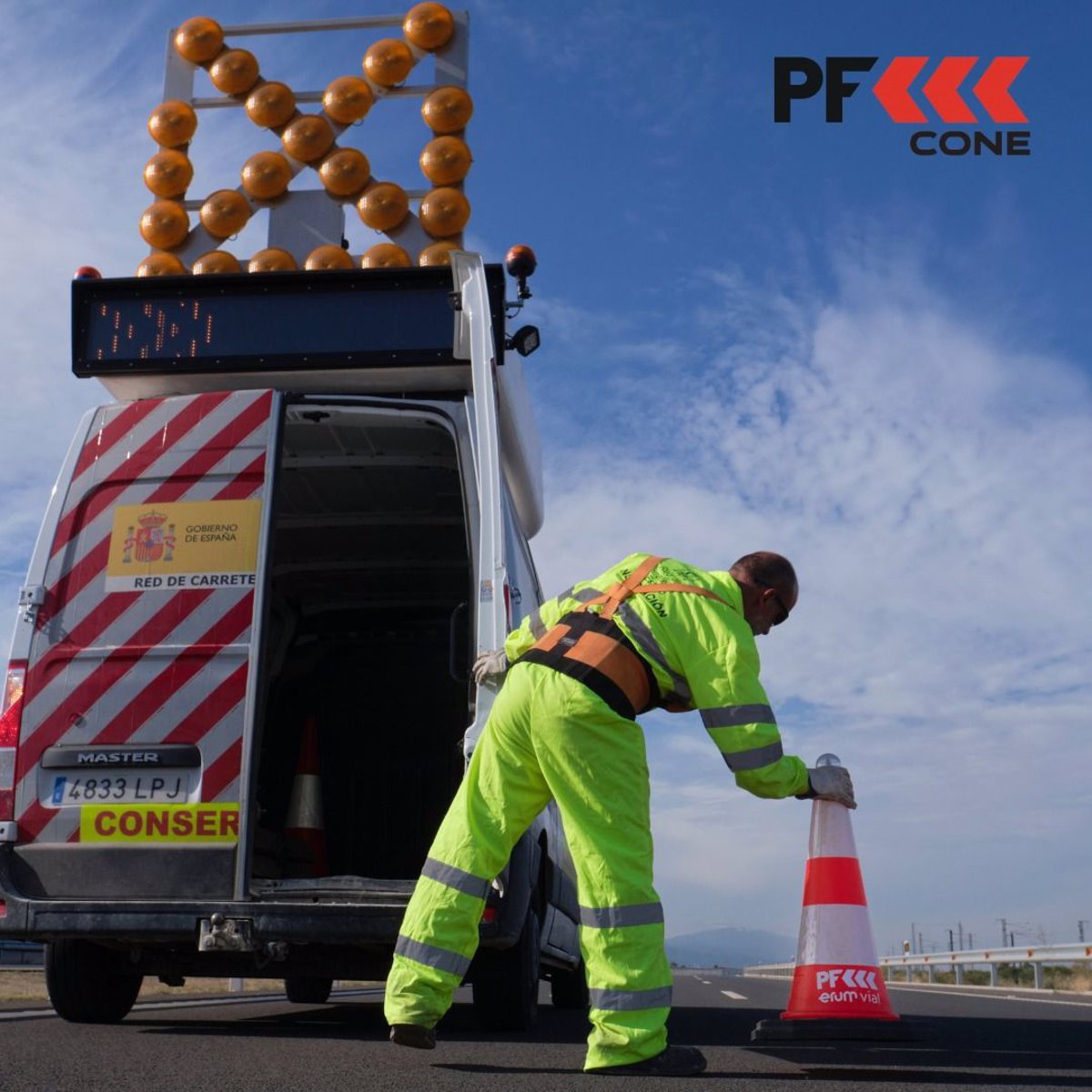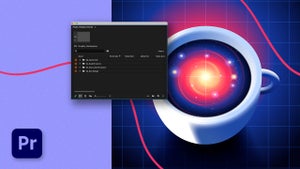News
Revolutionary Technology: DGT’s ‘Smart Cones’ to Transform Highway Safety!
Mobile World Congress hosts the presentation of PF Cones

- March 2, 2023
- Updated: July 2, 2025 at 2:55 AM

The Mobile World Congress is not only a cell phone show where brands such as Xiaomi or Samsung show off their best innovations. It is also, as we are seeing with Hyperloop or virtual and augmented reality glasses, a place to show the latest technological trends.
One of the most outstanding innovations has been presented by Erum Vial, a company that is developing “intelligent cones” traffic, officialized by the Directorate General for Traffic (DGT), to help signaling the works and works being carried out on the road, as well as accidents and incidents.
Erum Vial is not the only company working on this technology, as others such as Netum are also working on such inventions. However, the DGT is clear that it will soon integrate these devices to make driving on the road even safer for everyone.

What is PF Cone?
The PF Cone, as it has been named by Erum Vial, works like a classic cone. Its purpose is, therefore, to signal both construction sites and accidents occurring in the middle of the road. But it has some very interesting additions.
The first of its improvements is an overhead light for improved visibility. This is the integration of a high-intensity 360-degree yellow LED light. Its range reaches up to one kilometer away, so it can greatly help visibility in case of emergency.
But the great advantage of the PF Cone is that it is connected thanks to an integrated SIM. This allows it to communicate instantly with infrastructures and other vehicles, both emergency and regular. The SIM has already been tested through a Vodafone NB-IoT network, which is the operator that has the connectivity services of the DGT 3.0, but it can also be connected through other operators.
The PF Cone sends a signal every 1.6 minutes to all connected devices. It thus signals the location of the place where it is placed, as well as its function: to signal a construction site or an accident. Digital cars that are connected and pass by the site will also receive a signal, thus knowing immediately what is happening in the area.

One of the best features of the PF Cone is that they can be manipulated remotely, so that the DGT operators are able to control them without moving from the site. In addition, they are waterproof, have a great autonomy thanks to their own batteries and are homologated.
But, thanks to the PF Cone connection, there are many more functions that can be accessed from the DGT. These tools can measure speed, traffic and emissions, and Erum Vial is working on other new functions. In this way, they could become great allies of the DGT.
There is still some time to optimize all the technical issues that will allow PF Cone to be of great help. But, for the time being, the first tests have been carried out and have been seen at the MWC, and it promises to be a revolutionary invention for road safety.
Moreover, this is not the only great novelty promised by the so-called DGT 3.0. They are also working, for example, on V16 emergency lights that are connected to the traffic network. This will make it possible to know much more quickly and effectively the emergencies that are happening along and across the road.
Undoubtedly, technology is increasingly helping driver safety. From autopilots in vehicles such as Tesla to new inventions of this kind, the idea is to make driving safer and more comfortable.
Cultural journalist specialized in film, series, comics, video games, and everything your parents tried to keep you away from during your childhood. Also an aspiring film director, screenwriter, and professional troublemaker.
Latest from Juan Carlos Saloz
- Adobe Lightroom takes a new turn with its Artificial Intelligence with the "Select Landscape" tool
- Adobe’s latest AI allows you create unique posters in no time
- Adobe revolutionizes video editing again with Media Intelligence, the new AI tool in Premiere
- 3 short series you can watch this weekend (and that you will love forever)
You may also like
 News
NewsOne-Touch Landscapes: Enhancing Skies, Subjects, and Backgrounds with Scene Enhance on Mobile
Read more
 News
NewsThe 15-Minute Project Setup: Building and Using Custom Project Templates in Premiere Pro
Read more
 News
NewsRevolutionize Your PDFs with Adobe Acrobat Studio’s Smart Features
Read more
 News
NewsJames Gunn solves one of the biggest dilemmas for Batman fans
Read more
 News
NewsThe producer of the 'Sonic' movie is already planning the 'Call of Duty' one
Read more
 News
NewsNobody is interested in NFT-based games, and Ubisoft has paid the price (deservedly)
Read more